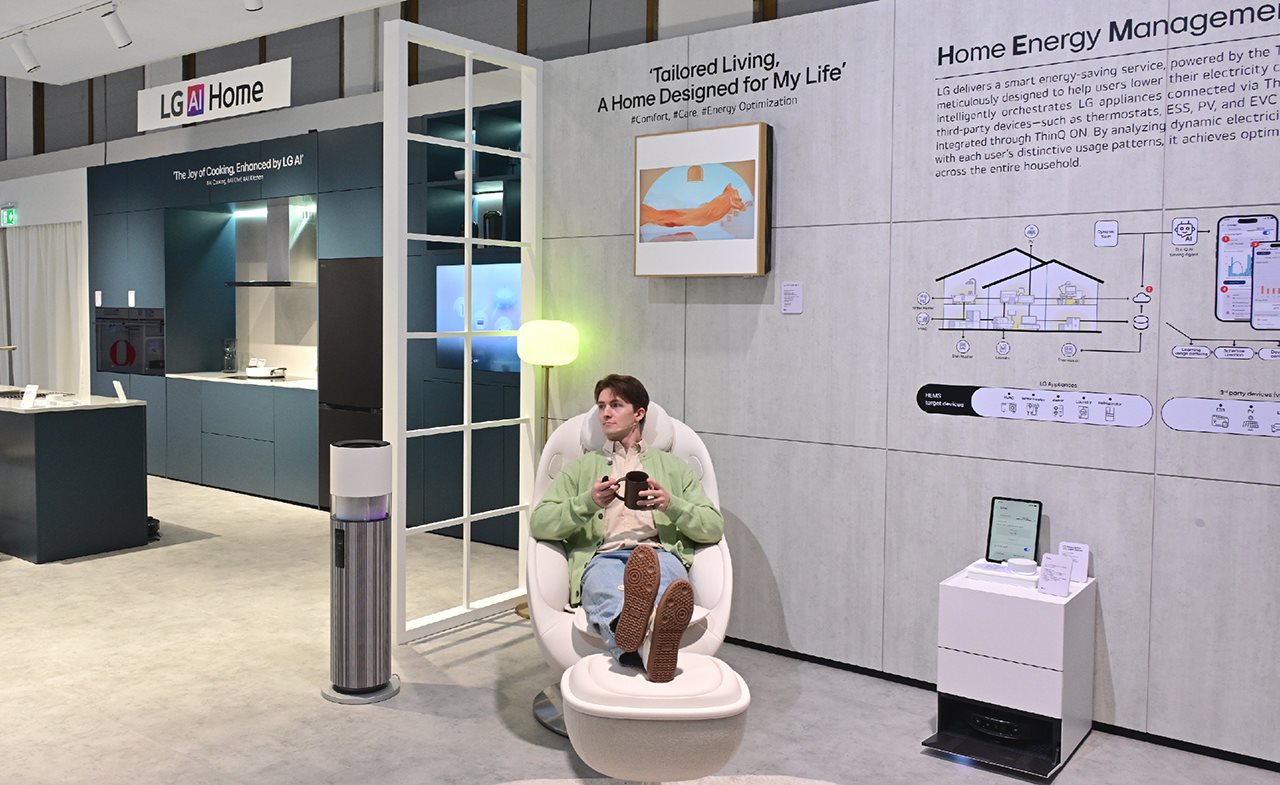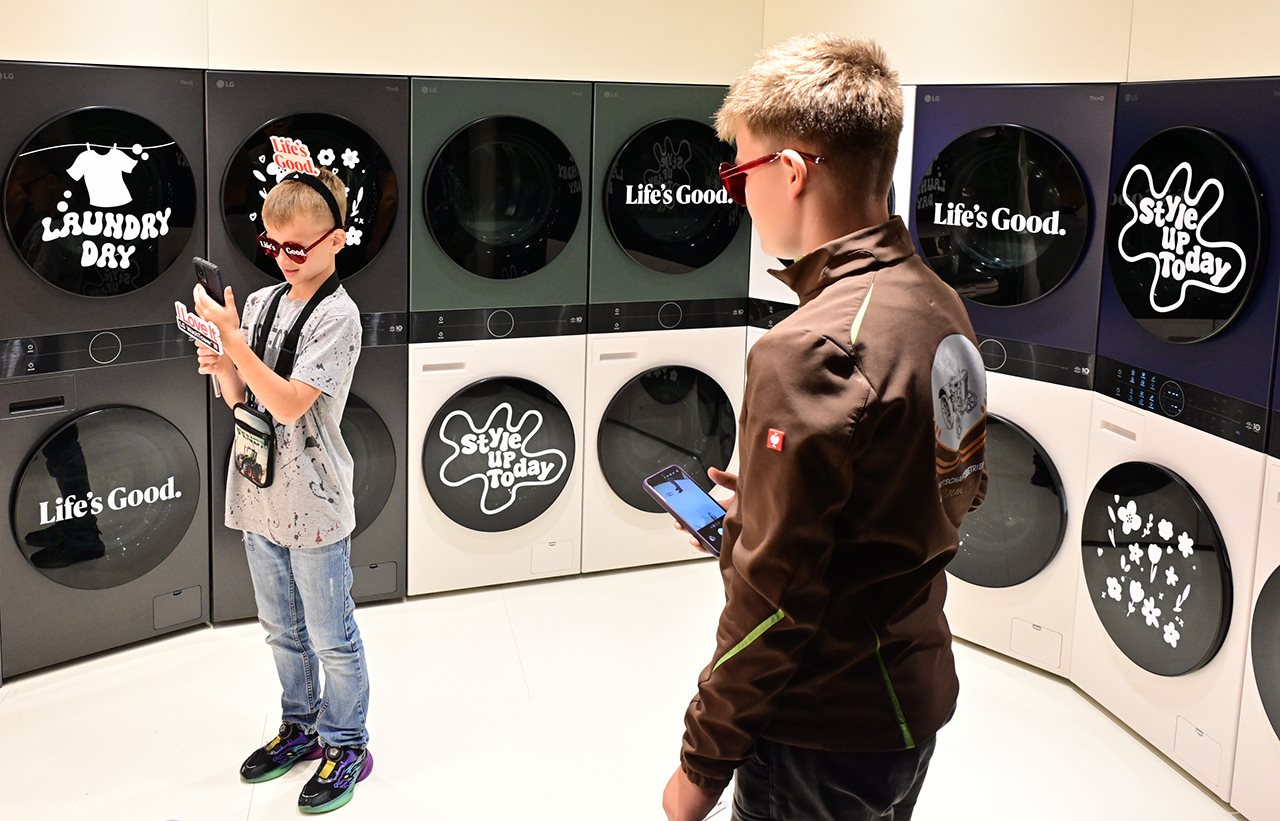2025-09-30T02:01:00
(BPT) – By Paul Miller, CTO, Wind River
Artificial intelligence dominates headlines, with much of the attention focused on the rise of generative models. But while those advances capture imaginations, some of the most profound changes are happening in a different arena — at the edge, where the physical and digital worlds converge. This is edge AI: the use of artificial intelligence models that run directly on devices, machines and networks where data is created, rather than relying solely on distant cloud resources. It is not science fiction but a set of technologies already transforming industries and everyday experiences with tangible, operational impact.
At the edge, milliseconds matter. Systems must be safe, deterministic and resilient, because downtime is not an option. This is where AI is already driving transformation today — not in proof-of-concept labs but in mission-critical environments that touch millions of lives.
Real-World Impact
Consider the automotive sector. Advanced driver-assist systems such as adaptive cruise control, lane-keeping and automated braking all depend on edge AI. By processing radar and camera data locally, these systems can recognize hazards and execute maneuvers in real time. Edge intelligence has become the unseen copilot making vehicles safer and laying the groundwork for fully software-defined cars.
Manufacturing provides another clear example. On the factory floor, cameras and sensors equipped with AI can flag defects invisible to the human eye, monitor workers for safety compliance, or detect smoke before it becomes a fire. These are not theoretical improvements — they reduce downtime, prevent injuries, improve yield and strengthen margins.
Telecommunications networks are also being reshaped by AI at the edge. Operators are beginning to rely on AI to dynamically allocate spectrum, optimize radio access networks, and predict when equipment will fail. In a market defined by relentless pressure on cost and performance, edge AI is already proving to be a decisive competitive advantage.
The same story plays out in aerospace and defense, where mission-critical systems require uncompromising reliability. From autonomous drones navigating contested airspace to defense systems analyzing multiple sensor streams in milliseconds, the ability to process and act instantly is essential. In these contexts, edge AI is not just useful — it is existential.
Even in the consumer world, smartphones now use edge AI for voice recognition, image classification and search — everyday proof that intelligence at the edge is already part of our lives.
Why Edge AI Matters
What makes edge AI different is not simply that it brings intelligence closer to where data is generated but that it creates a distinct kind of value that cloud-based AI alone cannot deliver. The gains are immediate, measurable and tied directly to outcomes that matter for both operations and customers.
Edge AI enables decisions in milliseconds, a critical advantage when real-time responsiveness determines safety or performance. By analyzing high-fidelity data at the source, it improves accuracy and reduces the risk of errors or latency-related failures. It also ensures resilience: Systems continue operating safely even when connectivity is intermittent. Processing data locally reduces bandwidth costs and energy use, which has clear economic and sustainability benefits. And beyond optimization, edge AI unlocks entirely new possibilities, from software-defined vehicles and AI-driven networks to autonomous industrial systems that create revenue streams unimaginable a decade ago.
This is why organizations are embracing edge AI, not just as a technology upgrade but as a strategic enabler. It turns data into action where it matters most, reshaping both how companies operate and what they can offer their customers. Achieving this, however, requires platforms built with the kind of mission-critical reliability Wind River has delivered for decades.
Overcoming Barriers to Edge AI Adoption
Of course, not every organization moves at the same pace. Legacy systems can be hard to replace, and even incremental changes to entrenched processes may feel disruptive. Employees will only embrace new tools when they see how those tools help them work smarter and safer. And culture plays a decisive role: Organizations that reward experimentation and continuous improvement tend to adopt edge AI readily, while those that cling to the status quo risk being left behind.
The lesson is that adoption is not just about technology readiness; it is about organizational readiness. Companies that align culture, process and technology will be best positioned to capture the edge advantage.
The Next Frontier
The next phase of edge AI will move beyond incremental optimization. Telecom operators will scale AI-driven RAN automation that transforms the economics of 5G and beyond. Automotive companies will shift from assistance features to fully software-defined platforms where intelligence updates over time. Robotics and industrial automation will extend into “physical AI” — machines that not only perceive but act autonomously and safely in human environments.
At the same time, governments and enterprises will insist on sovereignty, compliance and security in AI deployments. That will put a premium on edge platforms that are safe, certifiable and transparent. In other words, the future of edge AI will be defined not just by innovation but by responsibility.
This is precisely where Wind River has a unique role to play. For more than four decades, our software has powered the world’s most trusted mission-critical systems, from Mars rovers to next-generation 5G vRAN deployments. Our DNA — safe, secure, reliable and performant at scale — is exactly what edge AI requires.
We are helping customers design, deploy and operate AI-driven applications at the edge with the confidence that comes from proven expertise. Whether in aerospace, defense, automotive, industrial or telecommunications, Wind River provides the foundation that allows companies to innovate boldly while operating responsibly.
For companies exploring edge AI, the path forward begins with clarity of purpose. Anchor every initiative to a business objective, whether that’s reducing downtime, enhancing safety or creating a new customer experience. Start with targeted pilots that address relevant use cases, then expand as your teams build expertise.
Equally important is infrastructure. Edge platforms must be scalable, secure and maintainable over time. Organizations that invest in the right foundation will find it easier to grow, adapt and integrate AI into mission-critical operations.
The opportunity is clear: Edge AI is already changing industries, and the pace of transformation will only accelerate. Companies that begin today — experimenting, investing and building the right partnerships — will be best positioned to thrive in a software-defined, AI-powered future.
Wind River is proud to be a trusted partner in that journey, helping organizations harness the intelligent edge safely, securely and at scale. The next wave of transformation is here, and it begins at the edge. Those who act now will shape not just their industries but the future of how we all live and work.





























